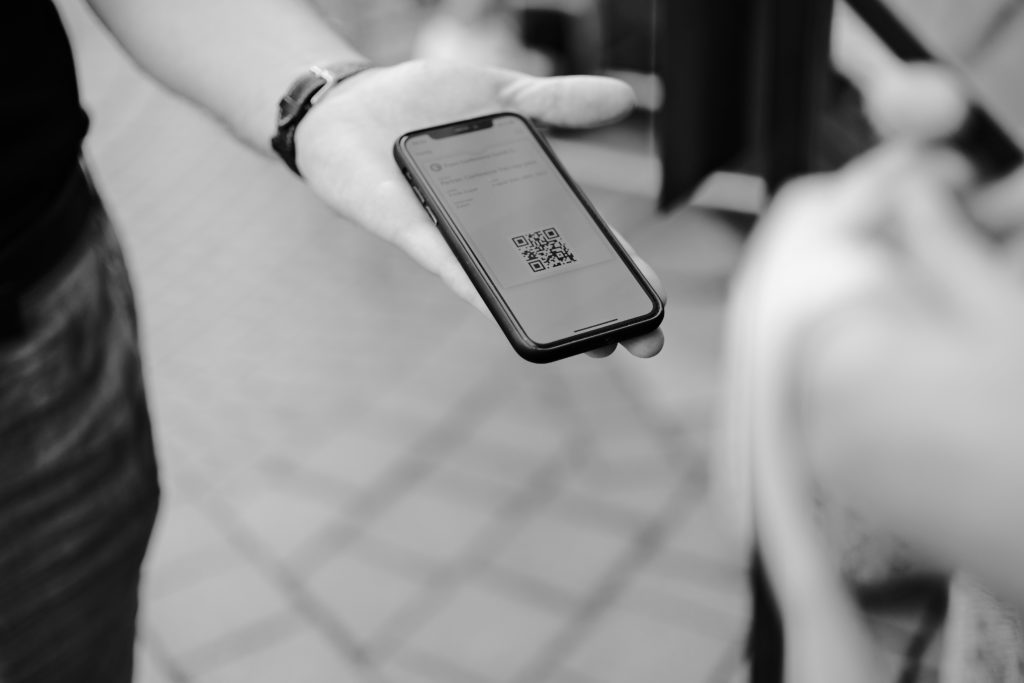DOWNLOAD The Auction Profit Blueprint
The 4 tools BIG organizations use every time to skyrocket auction profits!
The Step-By-Step Guide to stop leaving thousands on the table.
Learn how to use event ticketing software effectively. CharityAuctionsToday has tips on how to use ticketing software to manage your fundraising events.

Event ticketing software has revolutionized the way nonprofits manage events, offering streamlined processes for ticket sales, attendee registration, and event management. Whether you’re hosting a fundraiser, a charity gala, or a community outreach program, using event ticketing software can enhance the experience for both organizers and attendees. This guide will help you understand how to effectively use event ticketing software to maximize your nonprofit’s success.
The first step in using event ticketing software effectively is selecting the platform that aligns with your nonprofit’s needs. Here are some factors to consider:
Popular options for nonprofits include Ticket Tailor, DonorBox, and CharityAuctionsToday. Many nonprofit fundraising platforms include ticketing software in their suite of tools, so you don’t have to pay for a separate platform.
Research and compare platforms to find the best fit for your organization’s mission and budget.
Once you’ve chosen your software, setting up your event is the next step. Here’s how to get started:
Most event ticketing platforms allow you to create a dedicated event page. This page serves as the central hub for ticket sales and event information. Include:
Customize your ticket options based on your event’s structure. Examples include:
Set clear pricing and availability for each ticket type, and consider offering refunds or exchanges if necessary.
Connect a payment processor to enable secure transactions. Many platforms offer integrations with payment systems like PayPal, Stripe, or nonprofit-focused processors. Ensure your payment system is PCI-compliant to protect donor information.
To sell tickets successfully, you’ll need to promote your event. Use the following strategies to drive attendance:
Share your event page on platforms like Facebook, Instagram, Twitter, and LinkedIn. Create engaging posts with visuals, event details, and a direct link to buy tickets. Use targeted ads to reach supporters who align with your cause.
Send email invitations to your nonprofit’s contact list. Include key details about the event, a link to purchase tickets, and a sense of urgency (e.g., “Early bird pricing ends soon!”). Highlight how ticket purchases support your mission.
Embed the ticketing widget or link directly on your nonprofit’s website. This provides a seamless purchase experience for visitors who discover your event online.
Partner with sponsors, community groups, or local businesses to help promote your event. Offer co-branding opportunities or affiliate ticket sales for additional exposure.
Monitor your ticket sales and attendee registrations through the platform’s dashboard. Most software provides real-time analytics, helping you track:
Use this data to adjust your marketing efforts or ticket pricing if needed. For instance, if sales are slower than expected, you might launch a flash sale or increase promotional efforts.
Event ticketing software simplifies the check-in process, ensuring a smooth experience for attendees. Here’s how to prepare:
Many platforms offer mobile ticketing, allowing attendees to present digital tickets on their smartphones. This eliminates the need for physical tickets and reduces check-in times.
Equip your team with ticket scanning tools, such as barcode or QR code scanners. Many ticketing apps include built-in scanning capabilities that work with smartphones or tablets.
For walk-up attendees, ensure you have a system in place for on-site ticket sales. Use the platform’s point-of-sale tools to process payments quickly.
After the event, use the ticketing software to follow up with attendees. This helps build relationships and lays the groundwork for future events. Here’s what to do:
Express your gratitude to attendees via email or text. Highlight how their participation supported your mission and include a summary of the event’s success with photos or videos.
Review reports on ticket sales, attendee demographics, and no-shows. Use this information to evaluate the event’s performance and identify areas for improvement.
Invite attendees to join your nonprofit’s mailing list or follow your social media channels for updates on upcoming events. Offer exclusive early access to tickets as a reward for their continued support.
Event ticketing software is a powerful tool for planning, promoting, and managing nonprofit events. By choosing the right platform, setting up your event effectively, and leveraging its features for promotion and attendee management, you can create a seamless experience for both your team and your supporters. With proper follow-up, you’ll build lasting relationships and set the stage for future event success, all while advancing your nonprofit’s mission.
DOWNLOAD The Auction Profit Blueprint
The 4 tools BIG organizations use every time to skyrocket auction profits!
The Step-By-Step Guide to stop leaving thousands on the table.

